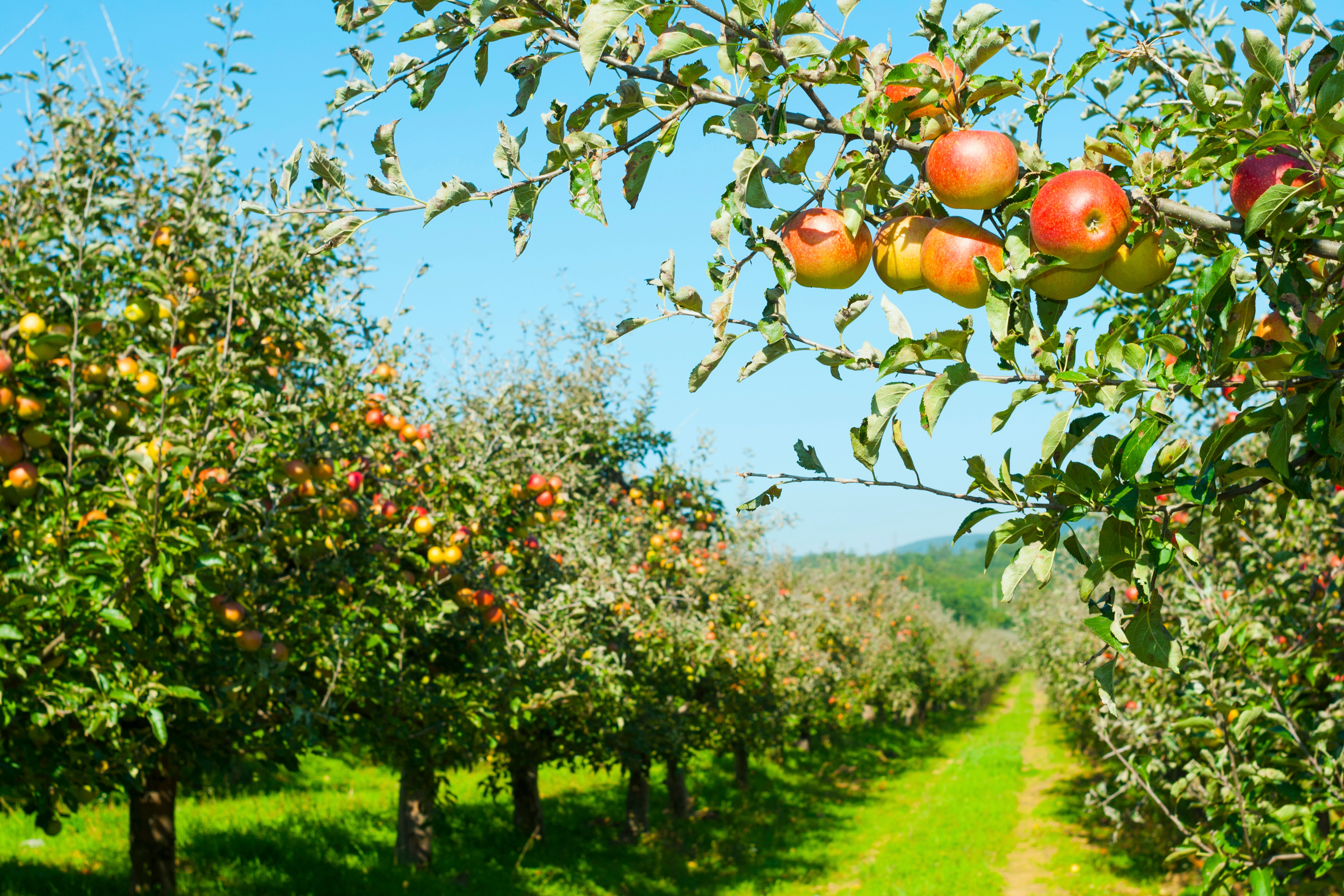Home
Barn Owl Blog
Understanding the Tree Assistance Program (TAP): Helping Producers Recover from Orchard and Nursery Losses

Understanding the Tree Assistance Program (TAP): Helping Producers Recover from Orchard and Nursery Losses
The Tree Assistance Program (TAP) is a federal disaster recovery program administered by the USDA’s Farm Service Agency (FSA). It provides financial support to orchardists and nursery growers who suffer the death or damage of trees, bushes, or vines used to produce commercially grown crops due to natural disasters. Unlike general crop insurance, TAP focuses specifically on the replacement and rehabilitation of the actual perennial plants, not just the fruit or nuts they produce.
How TAP Works
TAP provides cost-share payments to cover the cost of replanting or rehabilitating eligible trees, bushes, and vines. It is intended for permanent crops that will take years to return to full productivity after a disaster. To qualify for assistance, the loss must be due to an eligible natural disaster event such as a drought, flood, hurricane, wildfire, or extreme freeze.
The program typically covers up to 65% of the cost of replanting and 50% of the cost of pruning, removing, or rehabilitating affected trees or vines. If the loss exceeds 15% of the total eligible plants (after normal mortality), the producer may be eligible for TAP assistance.
Eligibility and Covered Plants
Eligible producers must own the affected trees, bushes, or vines and use them to produce commercially marketed crops. The land where the loss occurred must be located in a county where a natural disaster has been declared or otherwise qualify based on weather data.
Covered plants include those used to produce fruits, nuts, berries, olives, and other perennial crops. Ornamental trees and bushes not used for commercial fruit or nut production are not eligible.
Real-World Example: Apple Orchard in Michigan After a Hard Freeze
In spring 2023, a late-season hard freeze in northern Michigan severely damaged a large apple orchard, killing hundreds of young trees that had just been planted the previous year. The freeze event was unexpected and occurred after the trees had begun budding, making them especially vulnerable.
The orchard owner contacted the local USDA FSA office to report the loss and applied for TAP. After verifying the extent of the damage and confirming that the freeze met eligibility criteria, the program approved assistance. The orchard received cost-share funding to replant the dead trees, helping the producer recover sooner without bearing the full financial burden.
Key Benefits of TAP
-
Helps orchardists and vineyard operators recover from long-term plant losses
-
Offers financial relief for replanting and rehabilitation
-
Encourages continued production of perennial crops after disasters
-
Complements crop insurance by covering the permanent plants themselves
How to Apply for TAP
Producers must report tree, bush, or vine losses within 90 days of the disaster event or when the damage becomes apparent. Applications are submitted through the local USDA FSA office and require documentation such as planting records, cost estimates, and evidence of the disaster-related damage. It’s important to act promptly and maintain detailed records of all affected plants and costs incurred.
Conclusion
The Tree Assistance Program plays a vital role in helping producers recover from the loss of perennial crops after natural disasters. As the Michigan apple orchard example shows, TAP provides much-needed financial assistance for replanting and restoring orchards and vineyards, helping producers protect long-term investments and maintain future production. For anyone growing fruit, nuts, or other commercial crops on permanent plants, TAP is an essential disaster recovery tool worth understanding and utilizing.
Up next: Understanding the Emergency Conservation Program (ECP): Restoring Farmland After Disaster
Share


